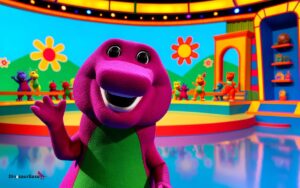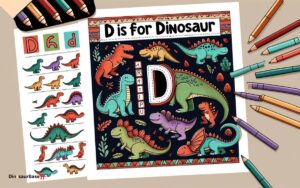How Did Dinosaurs Mate: Unveiling Prehistoric Secrets
Dinosaurs mated through a process similar to modern birds and reptiles. Male dinosaurs likely transferred sperm to females using a reproductive organ.
Understanding how dinosaurs reproduced fascinates both scientists and the public alike. Given that dinosaurs were the dominant terrestrial vertebrates for 135 million years, their mating rituals remain a topic of intriguing speculation. The exact mechanics of dinosaur mating are largely inferred from their closest living relatives—birds and reptiles.
Paleontologists study fossilized bones, footprints, and even coprolites (fossilized dung) to piece together the reproductive behaviors of these ancient creatures. Insights into their courtship, nesting, and actual mating process continue to shed light on the life history of these prehistoric giants. Our grasp of dinosaur mating habits enriches the narrative of life on Earth millions of years ago, making it a subject of enduring interest for both academic study and popular science.
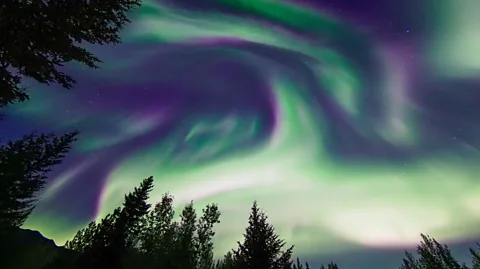
Mysterious Giants: The Life Of Dinosaurs
Imagine walking with giants, the rulers of the prehistoric world: dinosaurs. These remarkable creatures captivated the Earth during the Mesozoic Era. Yet, one question tickles the curiosity of many: how did dinosaurs mate? While fossils can tell us how they looked and lived, their mating rituals remain a mystery shrouded in time.
World Of The Mesozoic Era
The Mesozoic Era, a time of dramatic landscapes, hosted these giants. Split into three periods, the Triassic, Jurassic, and Cretaceous, it saw the rise and fall of countless dinosaur species. Let’s journey through their domain:
- Triassic: Birth of the earliest dinosaurs
- Jurassic: Gigantic sauropods dominated
- Cretaceous: Tyrannosaurs and triceratops thrived
Dinosaur Diversity
Dinosaurs came in all shapes and sizes. From the enormous Brachiosaurus to the fierce Tyrannosaurus Rex. Their diversity was astonishing:
| Size | Diet | Example |
|---|---|---|
| Small | Omnivores | Velociraptor |
| Medium | Herbivores | Stegosaurus |
| Large | Carnivores | Spinosaurus |
Different habitats and diets influenced how each dinosaur lived—including their mating behaviors. While the details are a puzzle, we can imagine that mating displays could have been as varied and complex as the dinosaurs themselves. Scientists study their bone structure, nests, and eggs to unlock these ancient secrets.
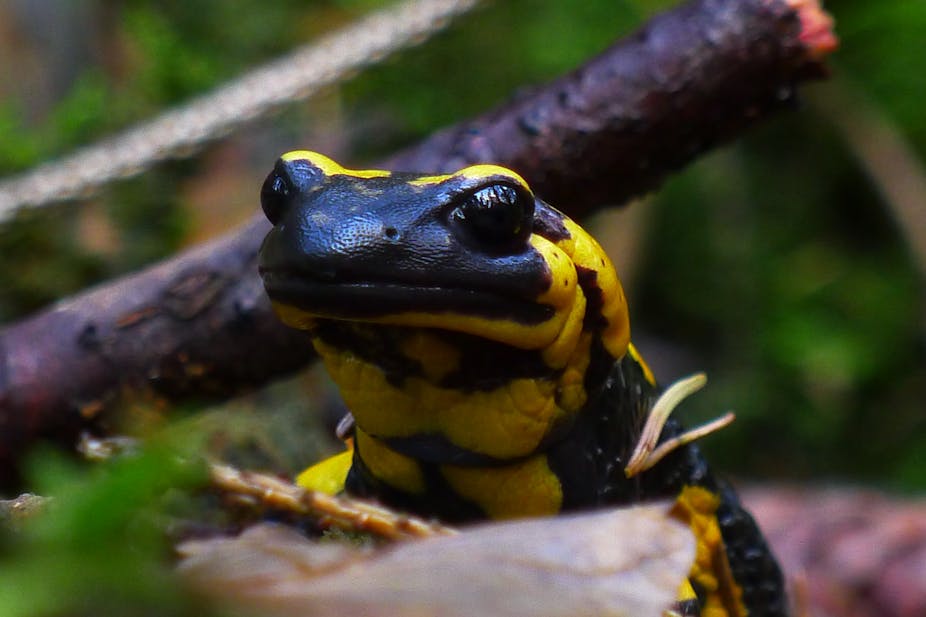
Credit: theconversation.com
Searching For Clues: How Scientists Study Dinosaur Mating
Exploring the prehistoric world unveils countless mysteries, particularly regarding the private lives of dinosaurs. While mating may not leave significant physical traces, scientists are akin to detectives, piecing together the elusive puzzle of dinosaur reproduction.
Fossil Evidence
Fossil discoveries provide invaluable insights into prehistoric mating rituals. Mating-related injuries or particular bone structures can hint at behaviors. Preserved nesting grounds unveil clues about reproductive strategies. For instance, sites with numerous nests suggest certain species may have exhibited colony breeding habits.
Comparative Anatomy And Behavior
Scientists often turn to modern animals for parallels in anatomy and behavior. Crocodiles and birds, the closest living relatives of dinosaurs, shed light on potential mating practices. Similarities in pelvic structures or courtship behavior are used to draw parallels to how dinosaurs might have mated.
- Study of reproductive organs in birds reveals possible dinosaur sexual characteristics.
- Observed territorial displays in reptiles hint at dinosaur courtship.
- Mating dances and vocalizations in birds provide examples of potential dinosaur communication during mating.
The Mating Game: Courtship And Competition
Dinosaurs roamed the Earth millions of years ago, living, hunting, and yes, mating. Despite their extinction, scientists are working to unveil how these ancient creatures approached the art of courtship. Dinosaurs’ mating behaviors remain a mystery, but clues give us glimpses into their rituals and battles.
Indications Of Courtship Rituals
Just like birds today, dinosaurs likely had their own unique courtship displays. Evidence suggests they might have danced, called, or shown off their colorful feathers to attract mates. Scientists study fossils and compare them to modern animals to guess how dinosaurs would act.
- Display features: Some had horns or frills, possibly used in mating displays.
- Nest building: These structures may have been a way to woo potential partners.
- Fossilized footprints: Tracks in patterns hint at possible mating dances.
Interpreting Combat And Competition Fossils
Competition for mates often leads to fights in the wild. Traces of these battles exist in dinosaur fossils.
Skull and horn damage: Broken bones and healed injuries on skulls signify past skirmishes.
Armor and spikes: Some species had body armor. They may have used it in fights over mates.
| Dinosaur Type | Weaponry | Possible Use |
|---|---|---|
| Triceratops | Horns and frill | Defensive combat and display |
| Stegosaurus | Spiked tail | Offensive weapon in conflicts |
| Ankylosaurus | Clubbed tail | Protective purposes and combat |
Through these ancient clues, we piece together a story of the battles and dances that were part of dinosaurs’ lives.
Fossilized Intimacy: Evidence Of Dinosaur Mating
The mysteries of ancient love have long intrigued scientists and enthusiasts alike. While we can’t observe dinosaurs in action, fossilized clues offer rare glimpses into their intimate lives. Evidence suggests these colossal creatures had mating rituals not unlike modern animals. Understanding dinosaur mating behaviors not only sheds light on the reproductive strategies of these prehistoric giants, but also contributes to the broader narrative of life’s evolution on Earth.
Discoveries Of Nesting Sites
Nesting sites provide insight into the reproductive habits of dinosaurs. Fossilized nests reveal patterns of egg laying and parental care. Scientists analyze these ancient nests, considering factors like:
- Egg arrangement – Clues to how dinosaurs deposited their eggs
- Nest location – Insights into favored environments for raising young
- Clutch size – Data on the number of offspring per cycle
These nests not only confirm that dinosaurs laid eggs, but also suggest that some species may have exhibited complex brooding behaviors. This indicates a social aspect to dinosaur mating and nurturing practices.
Rare Mating Fossil Findings
Instances of fossils capturing dinosaurs in the act of mating are exceedingly scarce. This scarcity is largely due to the delicate conditions required for such an event to be fossilized. However, a breakthrough discovery in recent years has intrigued paleontologists. In China, scientists uncovered fossils with preserved behavioral patterns that suggest mating rituals—similar to the courtship displays seen in birds. Further examination of these fossils may reveal the postures and physical interactions that occurred during dinosaur mating.
These rare findings help us understand the dynamics between male and female dinosaurs during courtship and copulation, painting a more complete picture of their ancient lives.
From Eggs To Adults: The Dinosaur Life Cycle
Imagine a world where giant reptiles roamed the land. That was the era of the dinosaurs. The journey from egg to adult was full of challenges. Let’s explore the incredible life cycle of these ancient creatures.
The Role Of Eggs And Nests
Dinosaurs laid eggs, much like birds do today. These eggs were their first stage of life. Each egg contained a tiny dinosaur embryo, protected by a hard shell. Nests varied among species, some were simple scrapes in the ground, others elaborate structures.
- Some nests held a few eggs; others had many.
- Eggs were often laid in a circular pattern, possibly to regulate temperature.
- Parental care is evidenced by fossilized nests found with food remnants.
Just like modern birds, temperature and humidity played important roles in the hatching of dinosaur eggs. Parents may have used rotten vegetation to generate heat for incubation.
Survival Of Dinosaur Offspring
Once hatched, dinosaur babies faced a world full of predators. They had to grow fast to survive. Some were born ready to walk and fend for themselves.
| Species | Nest Type | Survival Strategy |
|---|---|---|
| Maiasaura | Communal Nests | Group Rearing |
| Tyrannosaurus | Scattered Clutches | Solo Survival |
Some juvenile dinosaurs stayed in groups led by adults. This increased their chances of survival. Evidence of herd behavior in species like the duck-billed Hadrosaurs shows the potential benefits of social living in the fierce prehistoric world.
Beyond Mating: Parental Care And Herd Behavior
Exploring the world of dinosaurs takes us beyond the mystery of their mating rituals. We venture into the fascinating realm of parental care and herd behavior. These enormous creatures, often perceived as solitary giants, might have social structures akin to modern animals. Let’s dig into the evidence that paints a picture of their post-mating lives.
Instances Of Dinosaur Parental Care
Dinosaurs may not have left behind parenting manuals, but fossils offer clues. Remarkably, some dinosaurs were dedicated parents.
- Nesting grounds reveal that many species incubated their eggs.
- Oviraptor fossils, found over nests, suggest they guarded their young.
- Hadrosaurid ‘duck-billed’ dinosaurs show evidence of feeding their hatchlings.
These behaviors indicate a protective strategy, keeping offspring safe and well-fed.
Social Structure And Herds
Like elephants and wolves today, some dinosaurs lived and traveled together. Fossil trackways show groups moving as one.
| Dinosaur Group | Evidence of Herding |
|---|---|
| Sauropods | Massive footprints in parallel trails |
| Ceratopsians | Multiple age groups found together |
| Hadrosaurs | Joint nesting sites |
This collective behavior hints at complex social structures. It possibly involved group defense and possibly, shared responsibility in raising young.
Modern Connections: Birds As Dinosaur Descendants
Modern Connections: Birds as Dinosaur Descendants keep fascinating scientists and enthusiasts alike. While dinosaurs may have vanished from the face of the Earth millions of years ago, their legacy lives on through birds. Birds are not merely descendants of dinosaurs; they are modern dinosaurs.
Avian Mating Behaviors
Today’s birds offer clues about ancient dinosaur mating rituals. Birds engage in complex behavioral displays to attract mates. These displays can include elaborate dances, songs, and even the building of intricate nests. Such behaviors suggest that their dinosaur ancestors possibly shared similar courtship strategies.
- Dances: Certain bird species perform sophisticated choreographies.
- Songs: Birds use vocalizations to woo potential partners.
- Nest-building: Demonstrates suitability as a mate by construction skills.
Genetic And Behavioral Legacy
Genes carry forward traits from one generation to the next. Birds are living proof of this continuation. The similarities in the DNA of birds and dinosaurs highlight a direct genetic link. These genetic influences show up not only in physical traits but also in behaviors. Most notably, in the instinctive ways that birds raise their young and interact with each other, kinship with dinosaurs becomes evident.
| Behavior | Dinosaur Ancestry Indication |
|---|---|
| Raising Young | Birds exhibit care for hatchlings, hinting at nurturing behaviors in dinosaurs. |
| Interaction Dynamics | Social hierarchies and alliances in birds could reflect dinosaur group dynamics. |
The parallels between bird behaviors and potential dinosaur habits offer a glimpse into a prehistoric world. Captivating connections tie the avian mating ballets to the ancient dinosaurs that once roamed our planet.
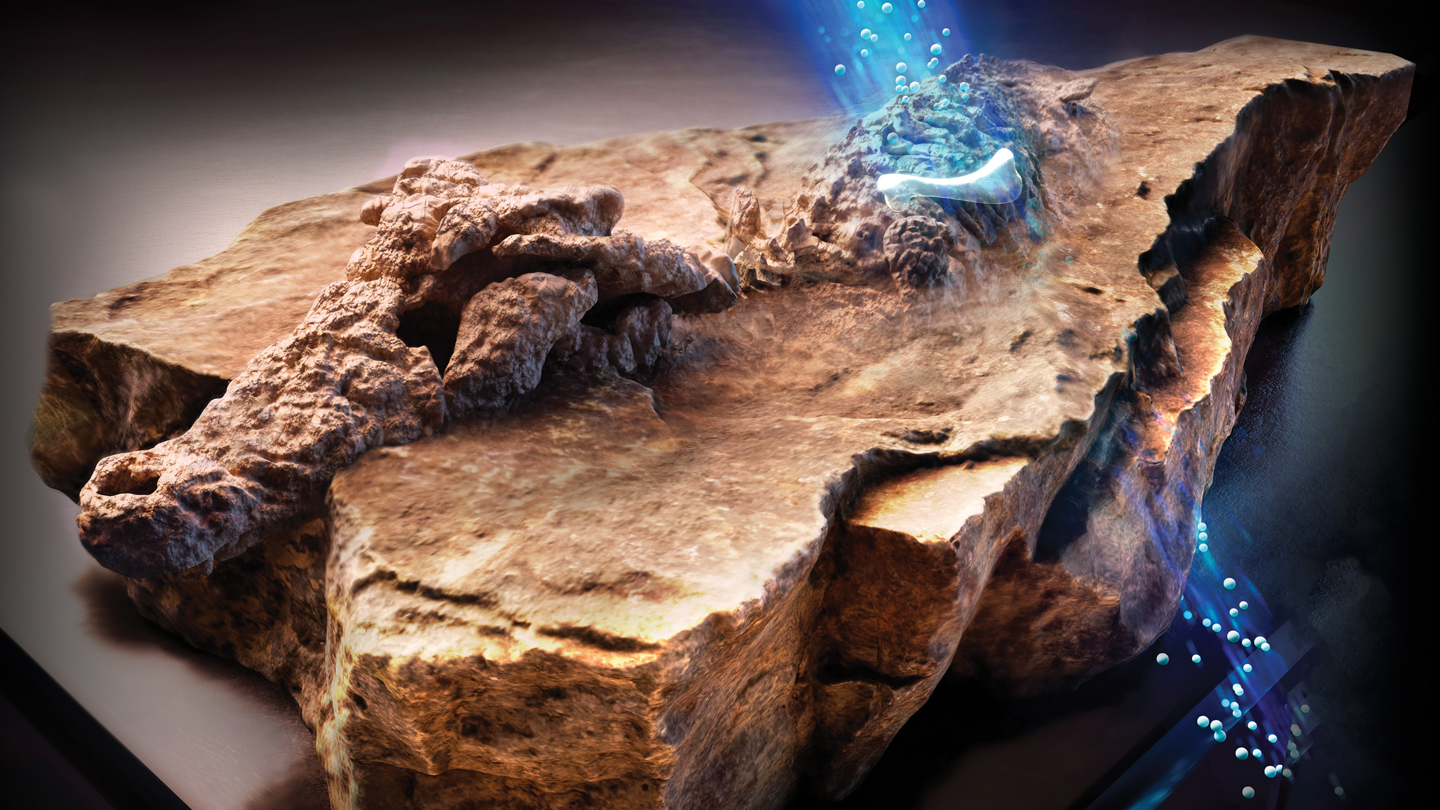
Credit: www.snexplores.org

Credit: phys.org
Frequently Asked Questions Of How Did Dinosaurs Mate
How Do Tyrannosaurus Rex Mate?
Tyrannosaurus rex mated likely similar to modern birds, using a cloacal kiss; the male would mount the female to align their cloacas for sperm transfer. This process required balance and careful positioning due to their size.
What Was The Mating Position Of Dinosaurs?
The exact mating position of dinosaurs is not known. Most scientists speculate a rear-to-rear position, similar to birds, as it suited their anatomy.
How Do They Know Mating Rituals Of Dinosaurs?
Scientists infer dinosaur mating rituals from fossilized footprints, nesting sites, and comparison to modern animals with similar features. Paleontologists analyze these clues to form hypotheses about their behavior.
Did Dinosaurs Crossbreed?
There is no scientific evidence that dinosaurs crossbred with different species. Their reproduction resembled modern birds and reptiles, favoring genetic isolation.
Conclusion
Understanding dinosaur mating habits remains veiled in prehistoric mystery. The fossil record offers tantalizing clues, pointing to complex behaviors. As science progresses, we anticipate clearer insights into these ancient rituals. Until then, our fascination with how these colossal creatures courted endures, inviting more research and discovery.
Keep exploring with us – the past is filled with unanswered questions.



